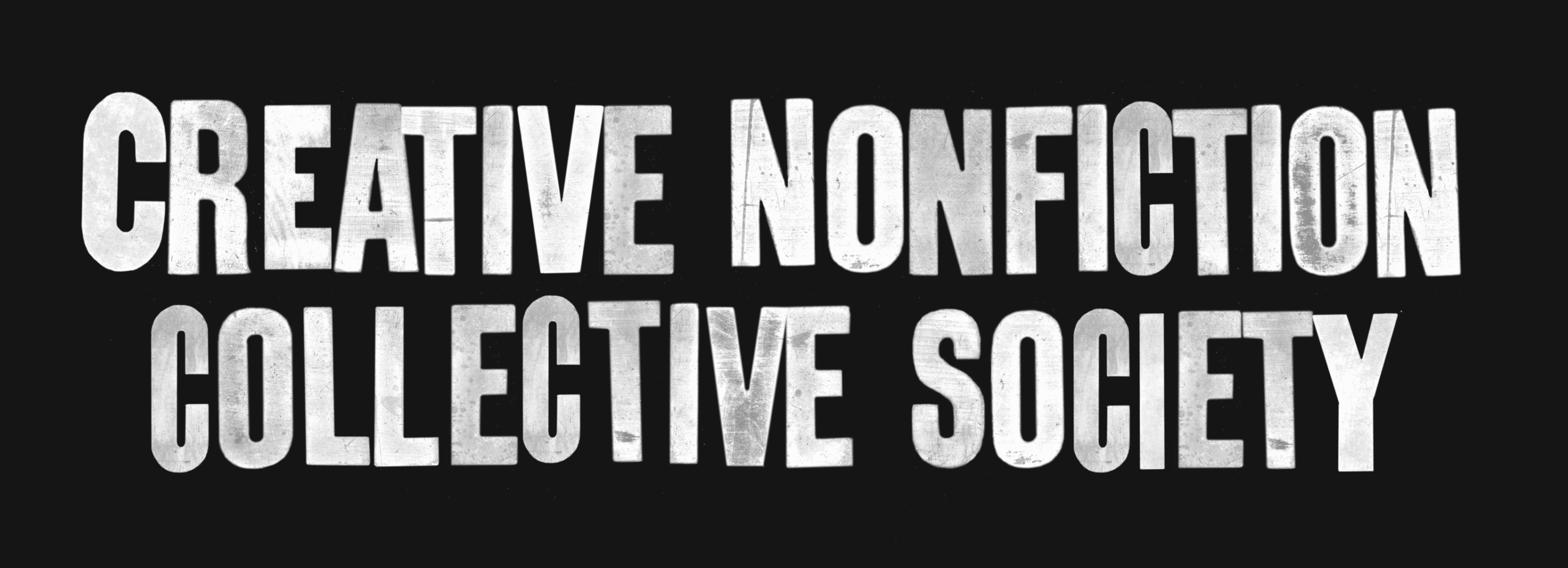Britt Gillman is a writer living in Ontario. Her work has been published in EVENT, The New York Times, Eavesdrop Magazine, kerning and elsewhere. In 2023 & 2024, she won nonfiction prizes with Prism International and EVENT Magazine. She is a member of The Writer’s Union of Canada and the Creative Nonfiction Collective Society. She is working on a book-length manuscript of personal essays. Instagram: @britgillman
~
I live in an old home. Sometimes, it appears in my writing in strange ways, like when I imagined it as the setting for a collection of experimental autofiction essays last year. The loose theme was: domestic romance between building materials, sounds and species. I felt I was really onto something. My home’s age could provide endless potential meet-cutes and tension:
1. A couple discovers asbestos in their home’s roof, debating professional abatement as two adjoining roof shingles fall in love (Will They or Won’t They?)
2. A woman believes her home’s creaks and groans are speaking to her (What Did He Mean By That?)
3. An examination of a residential love affair with a flirty spider and a stoic, garage-dwelling skunk (This Season on Love is Blind)
I’m still workshopping them with my therapist.
This winter, the temperature dips below 30 degrees Celsius and I accept that my old home’s most inspiring literary feature is that it is cold. Very cold. It bumps its inhabitants up against each other in order to stay warm.
Back in fall, my husband measures long cuts of weather stripping to seal our 1940’s doors. As he slices, I note that his hands look very nice. Together, we search for home drafts with the passion of two weary travellers who’ve crossed paths on a fantasy side-quest. Shifting our weight from side to side in the dusty aisle of the hardware store, I imagine instigating a seductive-leaning conversation on the various brands of spray foam. Imagine the home improvements you could do with that bad boy, I could say, pointing to one of the metal cans. Does this count as a date? The final addition of a wood stove to our home is what really proved its worth this season, both in comfortability and in my writing. To celebrate its first burning, my husband and I sat in front of the flames and talked for hours. The fire roused something curious in terms of self-expression. From then on, the hearth is where I mapped the outline of my manuscript.
Aside from my more unhinged ideas for stories, I’m writing a book of personal essays that explores idioms and memory. During this practice, I research the etymology of colloquial phrases, examining how they relate to class, belonging or “otherness”. I worry this sounds dry or overly-academic when I talk about it. The project just means I’ve been looking at the significance behind Don’t Keep All Your Eggs In One Basket, or Kill Two Birds With One Stone. Then I either peel them apart, or sometimes, press on them like a bruise. Approaching idioms with personal memory, I ask myself: what does this idiom remind you of? Or: how can we challenge that? Then somehow, I’m writing about the idiom Walking On A Cloud juxtaposed with the fear of women walking alone. Or A Piece of Cake examined alongside my food-insecure childhood with a single mother.
If I lose momentum, I re-read the definition of an idiom:
Idiom: A phrase whose meaning isn’t literal but is understood through common use (“bite the bullet”, “break a leg”)
A side effect of this work is that I now create competing meanings to all sayings, whether they are classic idioms or ones that I make up inside my head.
For fire to warm, you keep it going. The woodstove is a practice. It’s watching, turning the logs or adding fresh ones. You must chop wood, stack it, hack kindling. It must be cleaned, ash removed. It’s a circular event perennially in motion – yet, a fire needs tending. When I do a fire-keeping task, I tell myself, I’m going to Keep The Fire Going, just as I might say, I’m going to check my email. On difficult writing days, tending something is a necessary distraction. Also, fire is kinder than email. It does not send rejection letters.
Keeping The Fire Going becomes my own idiom in application. It feels like good work – a form of love, even. It can be applied to marriage, or the way one speaks to their children. It asks of most things involving the heart: What do you need? How may I tend you so that you might keep going? I Keep The Fire Going by connecting with loved ones; sending flowers or a funny meme.
Our writing practice is one of our most important relationships. Writing non-fiction is attention and care: for our stories or the amplification of the stories of others. Sifting through delicate memories, we hope that what we dig up from our own lives will be useful to readers. Sometimes, I am guilty of not giving what is needed to my relationship with writing. In exceptionally tiring months, it has felt like a toxic relationship: I’ve ignored it, criticized it, devalued.
This winter, I heave in fresh wood from outside and wonder, could Keeping The Fire Going apply to writing? The answer I hear is: of course. So I reimagine definitions of other idioms that might act as kindling to my writing life, and perhaps yours, too. Take what you need:
Throw Another Log On:
To write one more sentence; to introduce a strong verb to that sticky line in your prose.
Tending To The Hearth:
To sift through memory for writing; to poke at the charred bits.
Adding Fuel to the Fire:
Sending word to a fellow writer on how much you enjoy their work; to spark them skyward.
~
